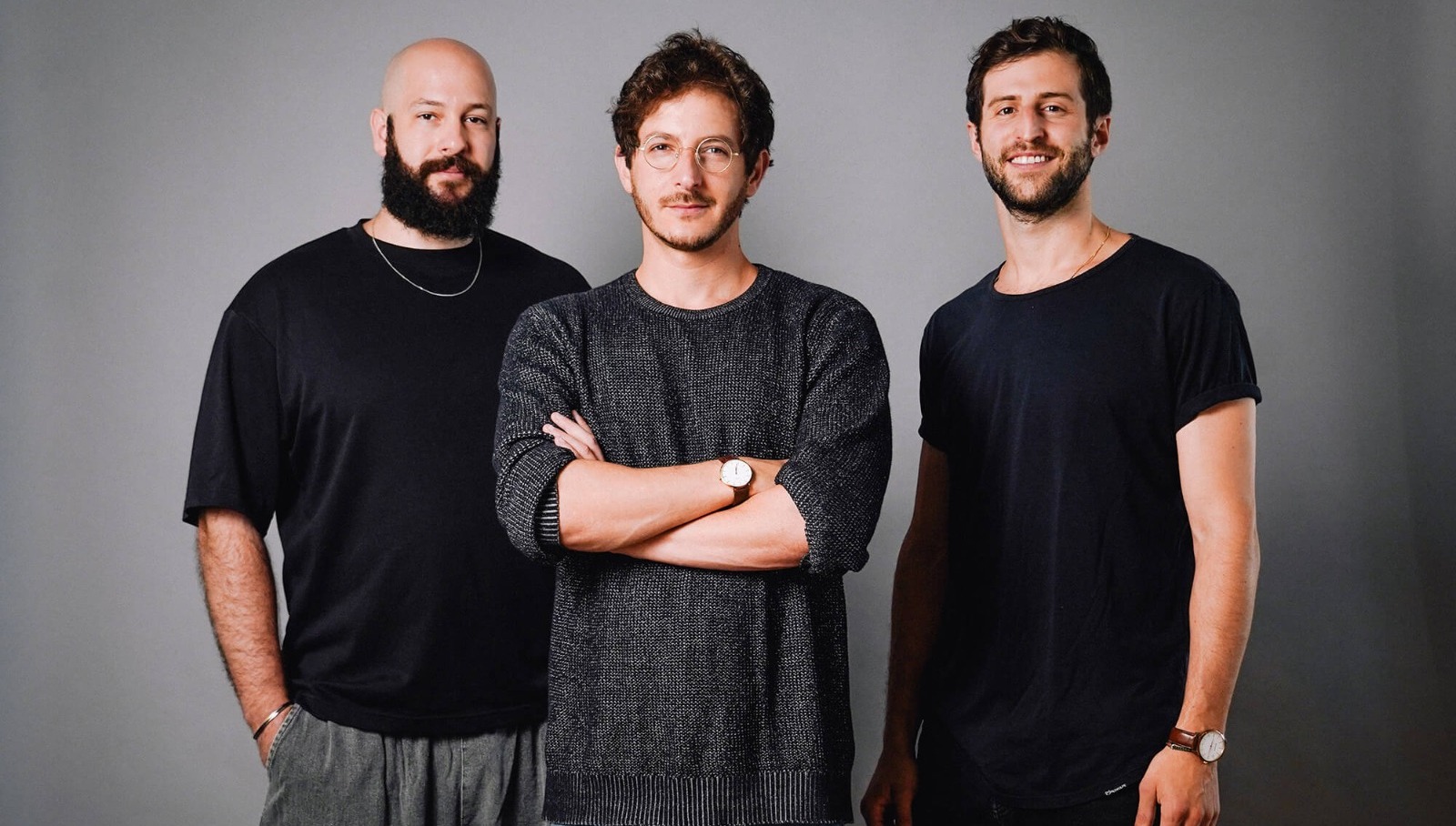First created to give supply chain merchants a streamlined way to communicate with buyers, Tinvio is now preparing to launch financial services, including financing and credit card issuing. The Singapore-based startup announced today it has raised a $12 million Series A to build out its B2B transactions platform. The round was led by AppWorks Ventures, with participation from strategic investor MUFG Innovation Partners (MUIP), a venture capital firm for collaborations between startups and Mitsubishi UFJ Financial Group.
All of Tinvio’s existing investors—Sequoia Capital India’s Surge, Global Founders Capital and Partech Ventures—also returned for its Series A, which brings Tinvio’s total raised to $18.5 million.
Tinvio’s last funding announcement was a $5.5 million seed round in April 2020. The company was founded in July 2019 by Ajay Gopal, whose prior professional experience included leading initial public offering and merger and acquisition transactions as a fintech investment banker for Credit Suisse in London.
Since its seed funding, Tinvio says its client base has increased four times to over 5,000 businesses in Singapore, Indonesia, Thailand and other Asian markets. Gopal told TechCrunch that as its user base grows, it is acquiring more new customers through word-of-mouth and referrals. For example, Southeast Asian F&B supplier QQ Group onboarded all of its merchants onto Tinvio and now uses the platform for all trade orders.
One of the reasons Tinvio focuses on F&B businesses is because they deal with a lot of perishable goods and constantly need to manage orders and inventory. Gopal said the company also has clients in the healthcare and automotive sectors, but plans to keep targeting growth in F&B.
Tinvio app was originally launched as a way to consolidate orders from different places, including email, SMS and WhatsApp, and let suppliers keep real-time digital ledgers.
It recently entered financial services by adding a digital payments collection and reconciliation features. Gopal says many suppliers still take payment in the form of bank transfers or cash and paper checks on delivery, making it difficult to keep manage their cash cycles. So Tinvio launched a “super dirty pilot” for on-platform payments late last year in Indonesia, and after validating it, added B2B payments to its core product. Tinvio supports payments through credit cards, direct debits and automated bank transfers, and is integrated with regional payment gateways. Over the last two months, 95% of suppliers on the platform have continued to use Tinvio to collect payments from their merchants.
“It’s only been live for a couple of months, but we’ve already gotten so much feedback from our users and we’re sprinting to unlock new capabilities such as real-time payments and credit,” said Gopal.
The company has a 12-month roadmap for its other financial services, including transaction financing, credit card issuing and invoice factoring, with pilots planned for the next two quarters. “In this Series A, we’ve teamed up with MUFG bank,” Gopal said. “This sets us up in a fantastic position to go-to-market even sooner with our financial technology stack that we’ve been building.”
In a statement, AppWorks Ventures managing partner Jessica Liu said, “Tinvio’s focus on modernizing B2B trade with a seamless user experience has seen it onboard and digitalize thousands of merchant and supplier teams without disrupting their daily routines or procurement workflows. Despite COVID-19, we still see great growth momentum, led by increasing network effects, leaving Tinvio well positioned to dominate this category.”







